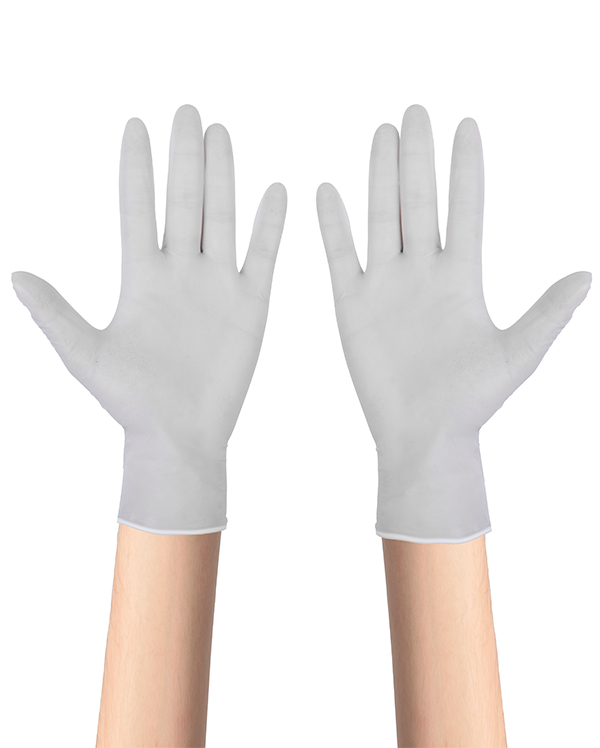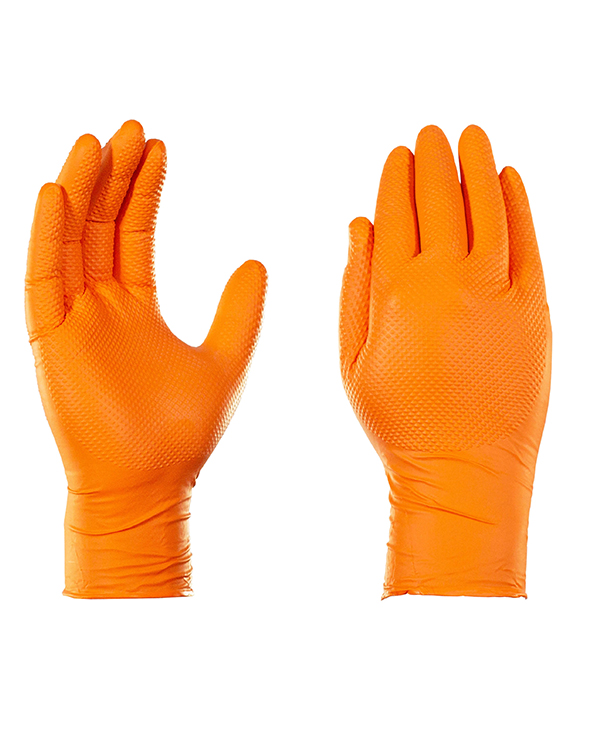Protective gloves are indispensable equipment in many fields such as laboratories, medical treatment, and industry. Among them, puncture resistance is one of the important indicators for measuring glove performance, which is directly related to the safety of operators. However, is there a trade-off between the puncture resistance of purified nitrile protective gloves and other properties such as comfort and flexibility? This has become a topic of great concern.
Puncture resistance refers to the ability of gloves to resist puncture when facing sharp objects. This performance is crucial to avoid hand injuries and protect the safety of operators. Especially in laboratories, various chemical reagents and biological samples are often handled, which may be corrosive or even carry pathogens. Once the hand is punctured, it will not only cause pain and infection risks, but may also have a serious impact on the experimental results. Therefore, puncture resistance has become a key indicator in glove performance evaluation.
However, the improvement of puncture resistance does not mean the sacrifice of other properties. The comfort and flexibility of gloves are equally important. Although a glove that is too thick or stiff may have superlative puncture resistance, it will seriously affect the operator's operating flexibility and work efficiency. Therefore, when designing and manufacturing gloves, it is necessary to comprehensively consider the balance between multiple properties.
In order to achieve this balance, glove manufacturers use a variety of technologies and materials. Among them, nitrile synthetic rubber is a commonly used material, which has good puncture resistance and chemical stability. At the same time, the puncture resistance of gloves can be further improved through precision processing and special treatment. In addition, some gloves also adopt special structural designs, such as increasing the thickness of gloves or adding protective layers to improve their puncture resistance.
However, these measures may also have a certain impact on the comfort and flexibility of gloves. Therefore, when designing and manufacturing gloves, manufacturers need to continuously test and improve to find the notable balance. For example, by optimizing the material and process of gloves, the comfort and flexibility of gloves can be improved while maintaining puncture resistance.
In actual applications, operators also need to choose suitable gloves according to their needs and working environment. Different gloves have different performance and application ranges, so they need to be selected according to specific circumstances. For example, when handling sharp objects or chemical reagents, gloves with higher puncture resistance are needed; when flexible operation or long-term wearing is required, gloves with better comfort and flexibility are needed.
Combined with the above content, there is a certain trade-off between the puncture resistance of gloves and other properties such as comfort and flexibility. By comprehensively considering multiple factors and choosing gloves that suit you, you can better protect your hand safety and improve work efficiency.

 English
English  中文简体
中文简体















